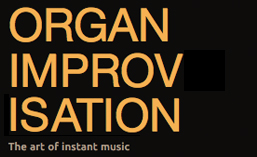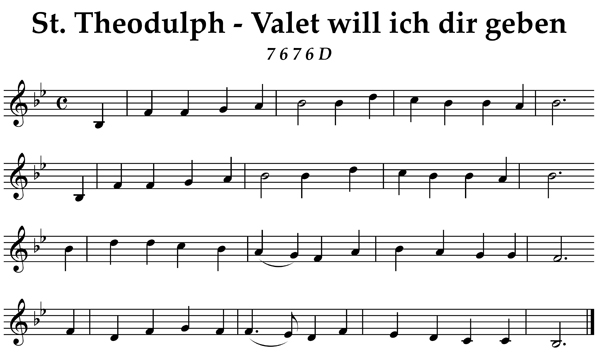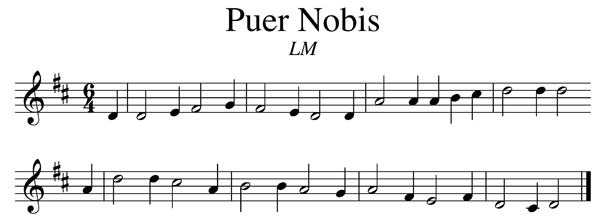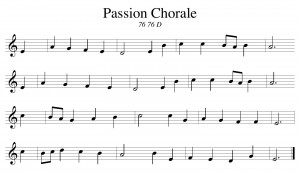Now that we’ve explored the Four C’s of Improvising (Competency, Convincing, Coherent and Colorful), the question becomes how do we apply them all at once? If our improvisations are to sound like a composition, then we must be able to master all of them, but where do we start? Is there an order that we need to cover them in order to master the art of improvisation?
The Tool Box
I have always looked at my improvisation skills as a tool box. A house or even a piece of furniture is constructed using not just a hammer, but a hammer, screwdriver, saw, nails, pliers, and depending upon the project, perhaps a measuring tape, a few wrenches, a blow torch or even a backhoe! So constructing a piece of music also requires use of harmony, counterpoint, and many other musical tools. It can be advantageous to practice these areas separately, but eventually we must combine them together if we are to achieve a final product. Mastering harmony alone would be like mastering the saw. There are many things we could do, but we will need more tools to complete our project.
Methods
Because there are so many tools that we need to master in order to improvise, I have become fascinated by the method books that have been written to teach improvisation. I am attempting to compile a bibliography of books here. Please let me know about others and I will add them to the list. Each of the books I have seen chooses a different place to start and covers different tools.
For example, one of the recent books I found is Harmonizing: A Method to Encourage the Art of Improvising by Sietze de Vries. As the title implies, this book is aimed at organists beginning the study of improvisation. The first pages explain root position triads, inversions, and basic harmonic progressions. The next few chapters build out from this base by expanding to other major keys, applying the inversions, widening the harmonic palette, and then moving into minor keys and church modes. If you do not have a solid foundation in harmony and theory, then this could be a good place for you to begin your study. As the author says on the last page:
And now a somewhat discouraging announcement: This is only the beginning! The knowledge you have gained about harmonizing can help you begin to improvise hymn introductions and choral preludes. This makes knowledge of different musical forms absolutely necessary.
Indeed, I find this book to be very basic and something I am not likely to use myself except as a thematic resource. It includes over two dozen simple chorale themes from the Dutch Liedboek voor de kerken. If you don’t have access to that hymnal and need some simple themes to work with, this could be an excellent resource. Here’s a sample theme, Lobt Gott den Herrn, ihr Heiden all:
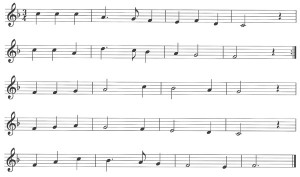
Rather than search through Bach’s 371 Harmonized Chorales for simple chorales, Harmonizing by Sietze de Vries will provide you with plenty of useful themes to practice not just harmony but many other tools from your toolbox that you might wish to develop. What sort of introduction or chorale prelude could you make with the theme above? If this is the starting place, where would you go next? How many different places can we go from here? Rather than be discouraged, I get excited by all the possibilities! We have a start, so let the adventure begin!
for simple chorales, Harmonizing by Sietze de Vries will provide you with plenty of useful themes to practice not just harmony but many other tools from your toolbox that you might wish to develop. What sort of introduction or chorale prelude could you make with the theme above? If this is the starting place, where would you go next? How many different places can we go from here? Rather than be discouraged, I get excited by all the possibilities! We have a start, so let the adventure begin!
Hoping you will explore the possibilities,
Glenn Osborne
Recent additions to organimprovisation.com:
Newsletter Issue 6 – 2014 06 02
See the complete list of past newsletter issues here.
Sign up to receive future issues using the box to the right on this page.
